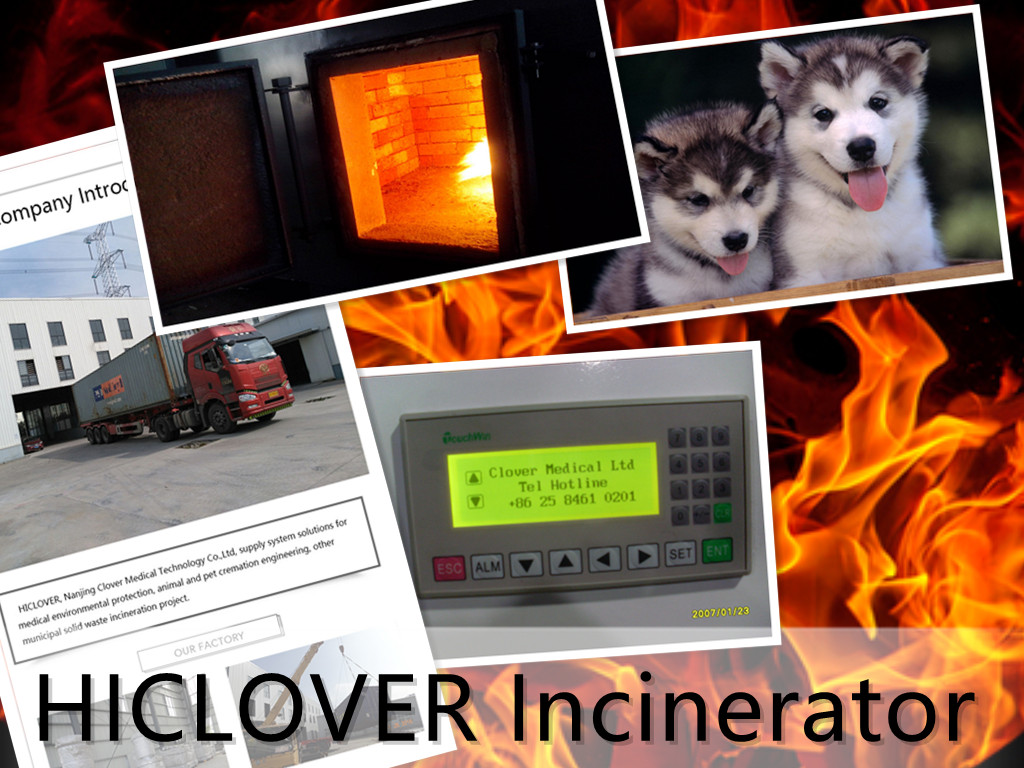When it comes to waste management, incineration has become a popular and efficient method for reducing the volume of solid waste and generating energy in the process. Building an incinerator is a complex process that requires careful planning, design, and execution. From the initial idea to the final construction, the process of building an incinerator involves several key steps.
The first step in building an incinerator is developing the idea and identifying the need for such a facility. This often involves conducting a thorough assessment of the local waste management system and determining if an incinerator is the best solution for the community’s waste disposal needs. This may also involve seeking input and approval from local government authorities and regulatory bodies.
Once the need for an incinerator has been established, the next step is to conduct a feasibility study to determine the viability of the project. This includes assessing the technical, environmental, and financial aspects of the proposed incinerator, as well as identifying potential sites for its construction. The feasibility study may also involve conducting public consultations and environmental impact assessments to ensure that the project aligns with community needs and environmental regulations.
After the feasibility study has been completed and the project has been approved, the next step is to design the incinerator. This involves working with architects and engineers to develop detailed plans and specifications for the facility, including the type of incinerator technology to be used, the size and capacity of the facility, and any necessary pollution control measures. The design phase also involves obtaining permits and approvals from relevant authorities.
With the design in place, the next step is to procure the necessary materials and equipment for the construction of the incinerator. This may involve sourcing specialized incinerator components, such as the furnace, air pollution control systems, and energy recovery systems, as well as general construction materials and equipment. It is important to ensure that all materials and equipment meet the necessary quality standards and regulatory requirements.
Once the materials and equipment have been procured, the actual construction of the incinerator can begin. This involves clearing and preparing the site, laying the foundation, and erecting the various structures and equipment required for the operation of the incinerator. Construction also includes the installation of electrical and mechanical systems, as well as the integration of pollution control measures to ensure compliance with environmental regulations.
After construction is complete, the final step is to commission and test the incinerator to ensure that it is operating safely and efficiently. This involves conducting trial runs and performance tests to verify that the incinerator is capable of handling the waste stream and generating energy as intended. This may also involve training staff and finalizing operational procedures and protocols for the facility.
In conclusion, building an incinerator is a complex and multifaceted process that requires careful planning, design, and execution. From the initial idea to the final construction and commissioning, the process of building an incinerator involves several key steps, including feasibility studies, design and procurement, and construction and commissioning. With careful planning and attention to detail, a well-designed and well-constructed incinerator can provide an efficient and environmentally sustainable solution for waste management and energy generation.



